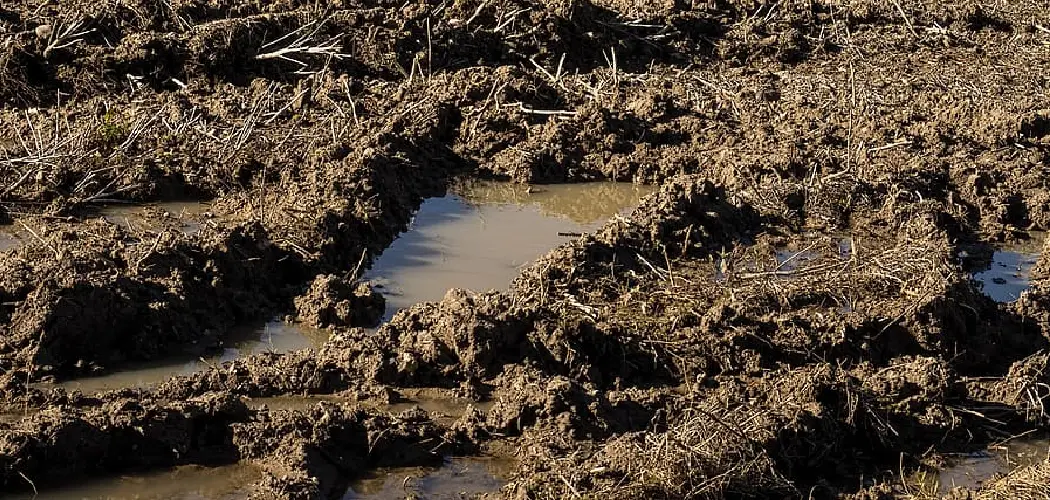The muddy grounds can cause a lot of problems for homeowners, businesses, and construction sites alike. If left unchecked, it can create dangerous situations such as mudslides or even sinkholes. Furthermore, the muddy ground can damage infrastructure such as roads and walkways. Additionally, dealing with the consequences of unstable ground is often costly.
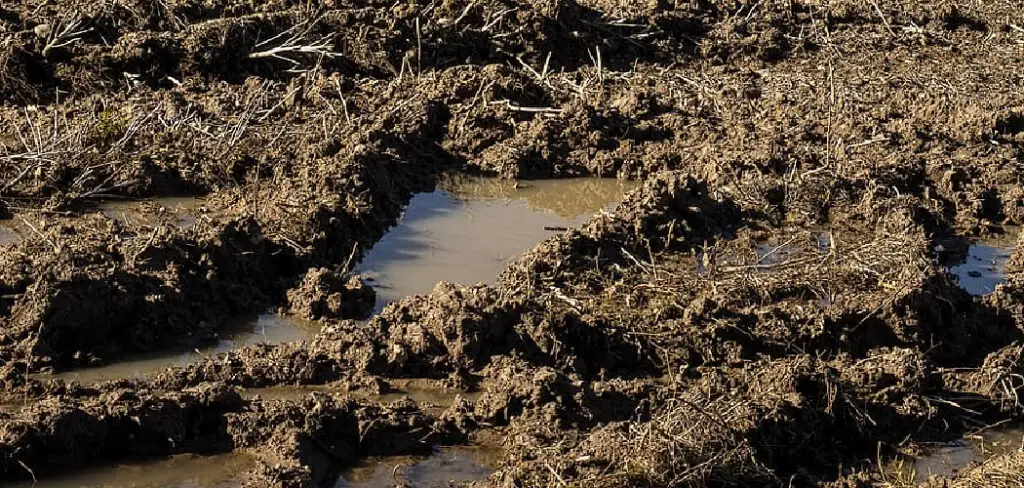
The primary advantage of stabilizing muddy ground is that it can help reduce the risk of soil erosion and harmful runoff. It also helps to provide a more stable base for construction projects or other activities that may take place in and around the area. Stabilized mud can retain moisture better than untreated, allowing plants to take root and thrive in areas that may otherwise be too muddy or unstable for their growth. In this blog post, You will learn in detail how to stabilize muddy ground.
Step-by-Step Processes for How to Stabilize Muddy Ground
Step 1: Inspect the Soil Conditions
Before you start to tackle the problem of stabilizing muddy ground, it is important first to assess the condition and characteristics of the soil. Test for clay content and any organic matter, such as roots, that could be disrupting the stability. Knowing what type of soil you are working with is crucial in determining which stabilization methods will work best.
Step 2: Drainage System
If the area is experiencing standing water, creating a drainage system to reduce saturation is essential. Start by digging small channels between low spots so that excess water can escape. You can also install porous materials such as gravel and sand to help absorb the extra moisture.
Geotextiles are fabrics made from synthetic fibers and are designed to increase the strength of the soil. They also help with drainage, erosion control, and filtration. Geotextiles can be used to support roads, walls, or other structures that need extra stability in muddy areas.
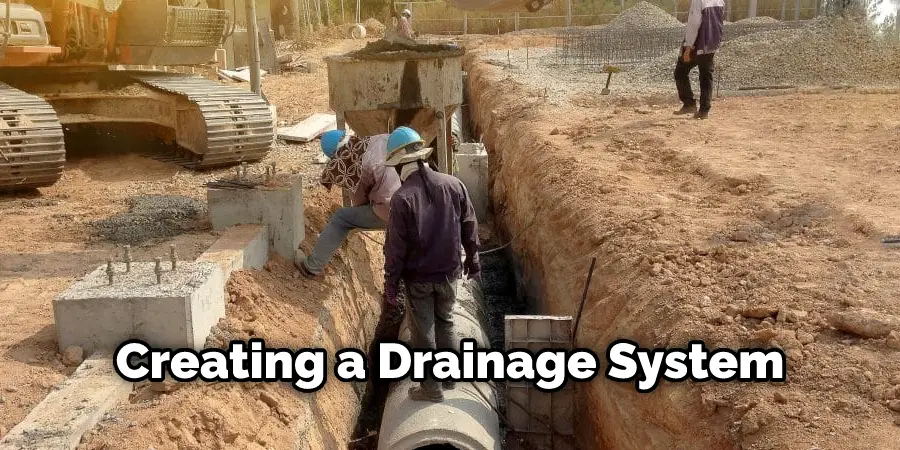
Step 3: Install a Permeable Pavement
Permeable pavement is a great solution for stabilizing muddy ground because it will allow water to pass through while still providing stability. Options include gravel, cobbles, or permeable concrete blocks. When you install the pavement, there is enough room between the stones so that any excess water can seep away.
Step 4: Add Compost or Organic Material
Adding compost or other organic material can help to improve the soil structure, making it more stable and less vulnerable to erosion. Make sure you mix in the material evenly and then allow it to settle before using the ground for any heavy loads.
Gabions are cages filled with rocks or gravel that can be used to form retaining walls and provide extra stability in muddy areas. As the gabions settle, they will help reinforce the area’s banks and provide a long-lasting solution for stabilizing mud.
Step 5: Plant Vegetation
Planting vegetation can be a great way to reduce erosion and provide additional stability. Try to select plants that are hardy enough to withstand the weather conditions in your area and have deep root systems that will help anchor the soil.
If you need extra protection from erosion, you can also use anti-erosion materials such as mats, silt fences, and turf reinforcement. These products are designed to hold soil in place and protect it from the effects of running water or strong winds.
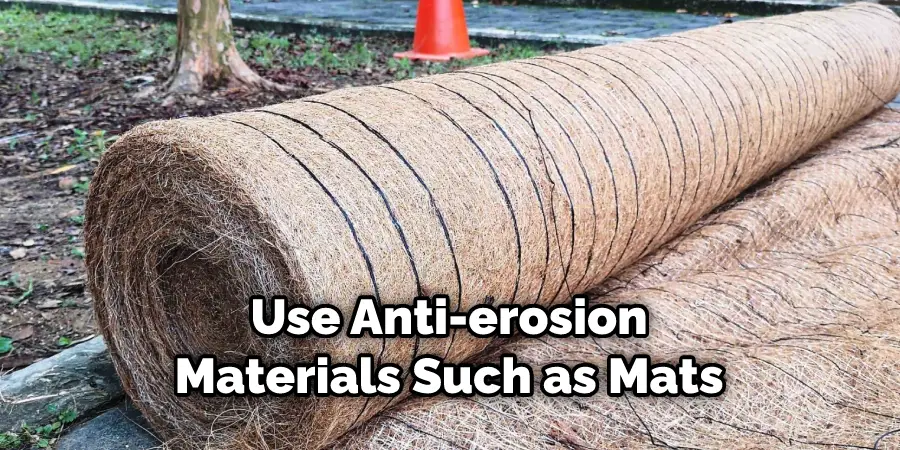
Step 6: Install a Retaining Wall
Retaining walls are a great way to provide an extra layer of protection against erosion. You can use materials such as bricks, concrete blocks, or stone to build a wall that will help keep the area stable and secure.
Finally, it is important to perform regular maintenance on any stabilization techniques you have used in order to ensure their longevity. This may include replacing gravel, repairing retaining walls, or reseeding vegetation. By performing regular maintenance, you can keep your muddy ground stable and secure for years to come. These ten steps give you the information and tools to stabilize the muddy ground.
Safety Tips for How to Stabilize Muddy Ground
- Wear the appropriate safety gear and clothing. This includes boots with a steel toe, gloves to protect your hands from sharp objects, and goggles or glasses to protect your eyes.
- Plan your work area carefully by checking for obstacles that could cause you to lose balance or trip while stabilizing the ground.
- Make sure you have the right tools and materials before beginning work. This could include a compactor, shovels, rakes, and a tamper.
- Follow the manufacturer’s instructions when operating any machinery or equipment to stabilize the ground. Pay close attention to safety warnings for any potential hazards.
- Check for proper drainage when stabilizing the ground. Make sure water can move away from the area to prevent further damage and erosion.
- Be aware of potential hazards such as underground pipes, utility lines, or other objects that may be hidden beneath the surface.
- Take regular breaks during your work to avoid fatigue, which could lead to injuries or poor workmanship.
- Dispose of debris and waste properly to protect the environment and avoid potential contamination.
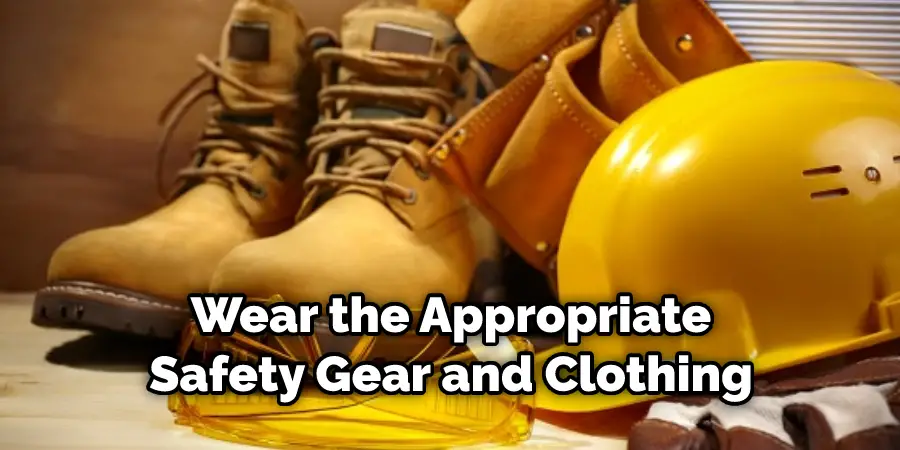
Following these safety tips can help ensure your project goes smoothly when stabilizing muddy ground.
What Are the Best Methods to Stabilize Muddy Ground?
When dealing with muddy ground, the best methods for stabilizing it depend on the environment and the underlying cause of mud. Depending on the situation, stabilizing muddy ground can involve a combination of measures such as using sandbags to divert water away from problem areas, increasing soil compaction, introducing vegetation to increase infiltration rate, installing drains or trenches, and even using erosion control fabrics.
Sandbags are the most commonly used method of diverting water and preventing mud from forming. Sandbags can be filled with soil or sand, placed around problem areas, and used to divert runoff away from the area in question. They also help strengthen slopes by reducing erosion. Another important part of stabilizing muddy ground is increasing soil compaction. This can be done through mechanical tamping, which involves repeatedly driving a heavy roller over the affected area, or by introducing compaction-inducing material like gravel, concrete, and asphalt. Compacting the soil helps it to hold its shape and resist erosion more effectively.
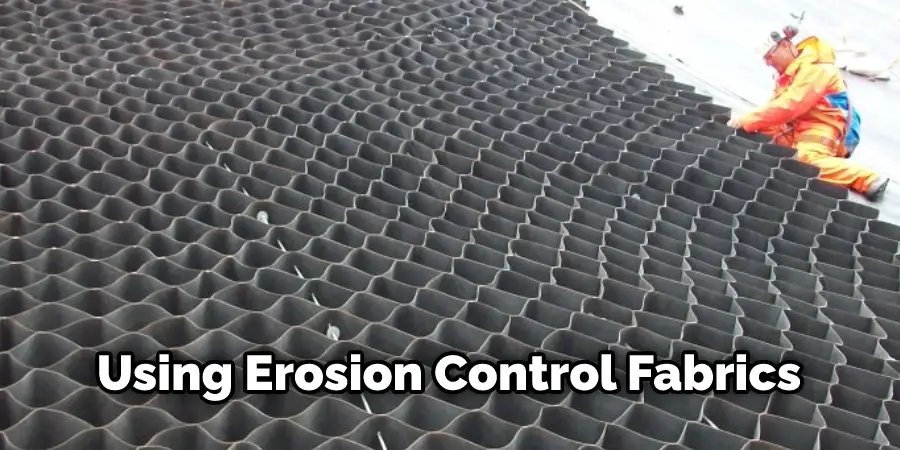
Are There Any Risks Associated With Stabilizing a Muddy Surface?
Stabilizing an area of muddy ground can be a beneficial solution for creating a safe and solid surface. However, there are certain risks associated with this process that should be taken into consideration before taking any action. Some potential risks include the following:
- Damage to the Underlying Soil Structure: If too much weight is placed on the surface, it could cause the soil to compact and damage its structure.
- Erosion: If the surface does not have adequate drainage, it can lead to erosion over time due to runoff from rain or other sources.
- Pollution: Stabilizing a muddy area may prevent pollutants from entering water systems. However, these pollutants can still enter nearby water sources if proper protections are not in place.
Researching and understanding the potential risks associated with stabilizing a muddy surface is important before taking any action. Taking the appropriate steps to mitigate risks can help ensure that the process is successful and safe.
Are There Any Long-term Benefits of Stabilizing a Muddy Ground?
Yes. Stabilizing muddy ground has many long-term benefits, such as providing a stable base for building structures and other activities. The stabilization process also helps to prevent slipping and sliding during wet conditions, which can be especially dangerous. Additionally, stabilizing the ground increases its durability and makes it less prone to erosion over time. Stabilizing muddy ground also prevents further accumulation of mud, which can be difficult to get rid of without the proper equipment. Finally, the process provides an economical and environmentally friendly way to improve a muddy area without having to replace it entirely.
By investing in stabilization, you’ll be able to enjoy your property for many years to come with minimal maintenance and upkeep. All of these benefits make stabilizing muddy ground an attractive and worthwhile option for many homeowners. With the right steps, it is possible to stabilize muddy ground in your backyard or other outdoor space. The process involves compressing the soil with special tools and materials, such as geotextiles and geogrids, to prevent it from becoming saturated with water. It also uses techniques such as tilling and sodding to create a more consistent and even surface.
Conclusion
In conclusion, stabilizing muddy ground is important for any home or business owner with a garden or outdoor area. It involves the use of various materials and techniques to improve the surface’s stability, including compaction, soil amendment, geotextiles, and more.
No matter what option you choose, it’s important to understand the different options available and the advantages and limitations of each. By understanding these processes, you can make an informed decision about which is the best for your situation, enabling you to enjoy the safe and stable muddy ground. I hope this article has been beneficial for learning how to stabilize muddy ground. Make Sure the precautionary measures are followed chronologically.
About
Outdoor Fixes is a distinguished figure in the world of Diy design, with a decade of expertise creating innovative and sustainable Diy solutions.
His professional focus lies in merging traditional craftsmanship with modern manufacturing techniques,
fostering designs that are both practical and environmentally conscious. As the author of diy,
outdoorfixes delves into the art and science of outdoorfixes-making, inspiring artisans and industry professionals alike.
Education RMIT University
(Melbourne, Australia) Associate Degree in Design (Outdoor Fixes) Focus on sustainable design, industry-driven projects,
and practical craftsmanship. Gained hands-on experience with traditional and digital manufacturing tools, such as CAD and CNC software.
Nottingham Trent University
(United Kingdom) Bachelor’s in outdoorfixes.com and Product Design (Honors) Specialized in product design with a focus on blending creativity with production
techniques. Participated in industry projects, working with companies like John Lewis and Vitsoe to gain real-world insights.
Publications and Impact
In diy, Outdoor Fixes his insights on indoor design processes, materials, and strategies for efficient production.
His writing bridges the gap between artisan knowledge and modern industry needs, making it a must-read for both budding designers and seasoned professionals.

